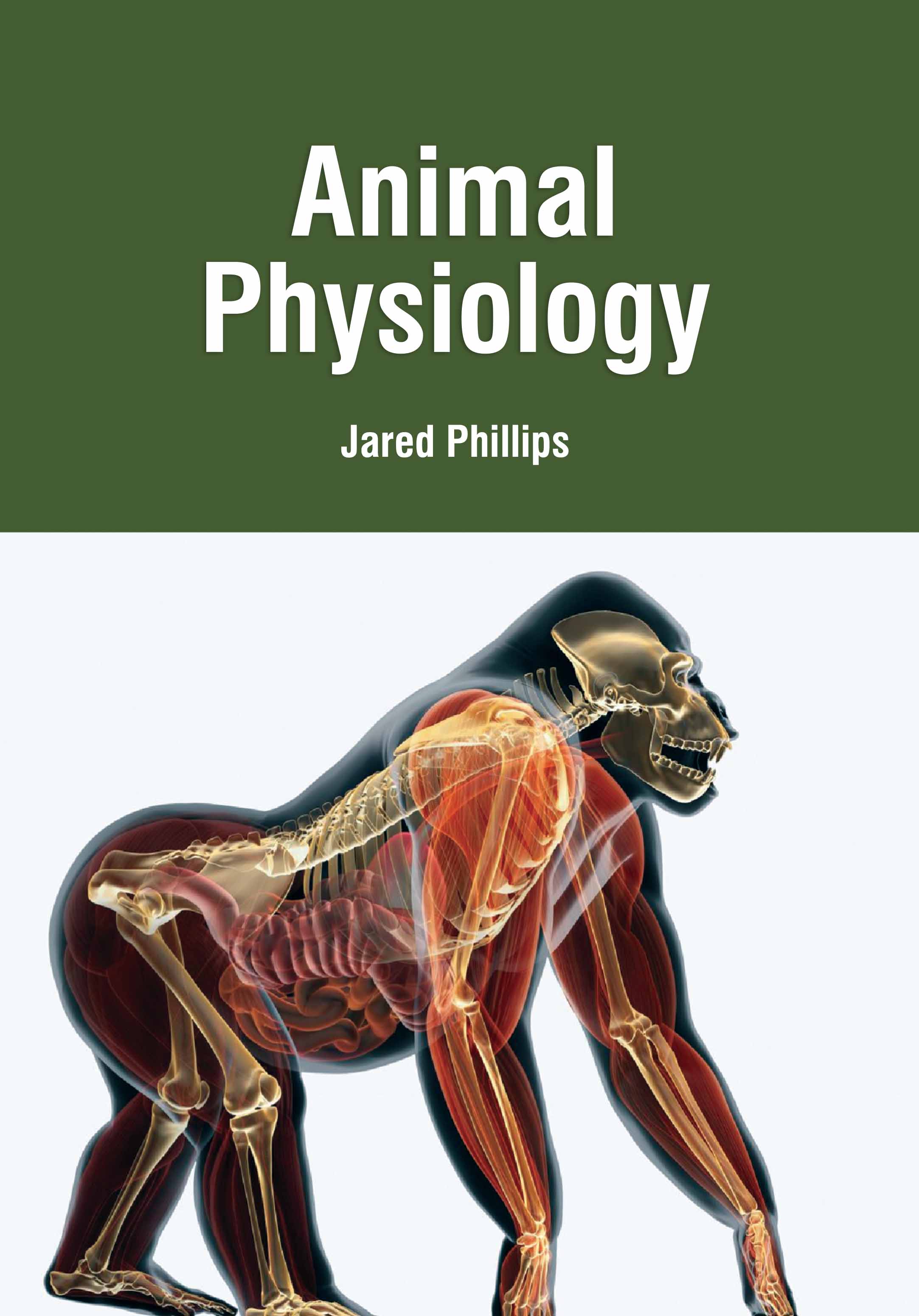About This Book
Aviation and aeronautics are terms often used interchangeably, but they refer to distinct concepts within
the field of flight. Aviation broadly encompasses the operation, development, and design of any aircraft
that moves through the air. It covers everything from the commercial airliners we travel in, to private
planes, helicopters, and drones. The term also refers to the industry and activities associated with air
travel, including air traffic control, airline operations, and pilot training. Aeronautics, on the other hand, is
a more specialized discipline that focuses specifically on the science, engineering, and technology
behind flight. It deals with the study of flight mechanics, airfoil design, propulsion systems, and
atmospheric interactions with aircraft. Aeronautics is primarily concerned with the design, construction,
and operation of vehicles that travel through the Earth's atmosphere, particularly aircraft like airplanes
and helicopters. While aviation involves a wide range of activities related to flight, aeronautics is the
scientific and engineering foundation that makes aviation possible. Aeronautics leads to advancements
in aviation technology, such as improved fuel efficiency, better safety features, and new aircraft designs.
While both fields are interconnected, aviation is more operational and industry-oriented, while
aeronautics is focused on theoretical and practical research related to flight dynamics and aircraft design.
Contents: 1. Introduction to Aviation, 2. Different Types of Aviation: Exploring the Aircraft, 3. Aviation
Communication, 4. Aeronautics Technology, 5. Aircraft Design Process, 6. Aeronautical Design,
7. Aerospace Engineering, 8. Theoretical Foundations of Aerodynamics, 9. Technology of Aircraft Flight
Control System.

